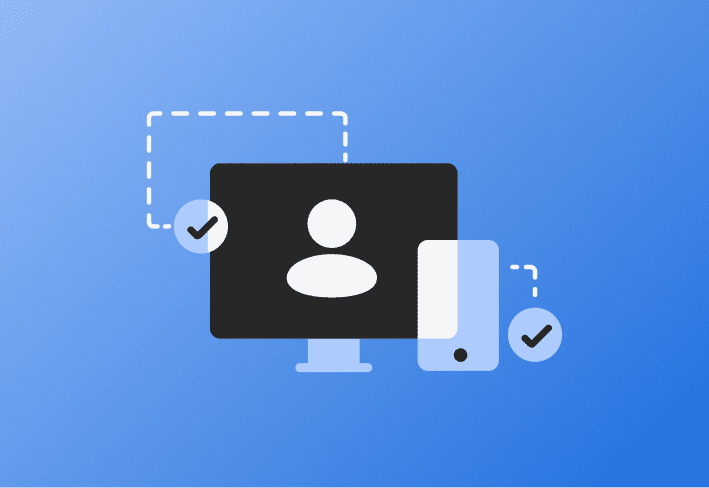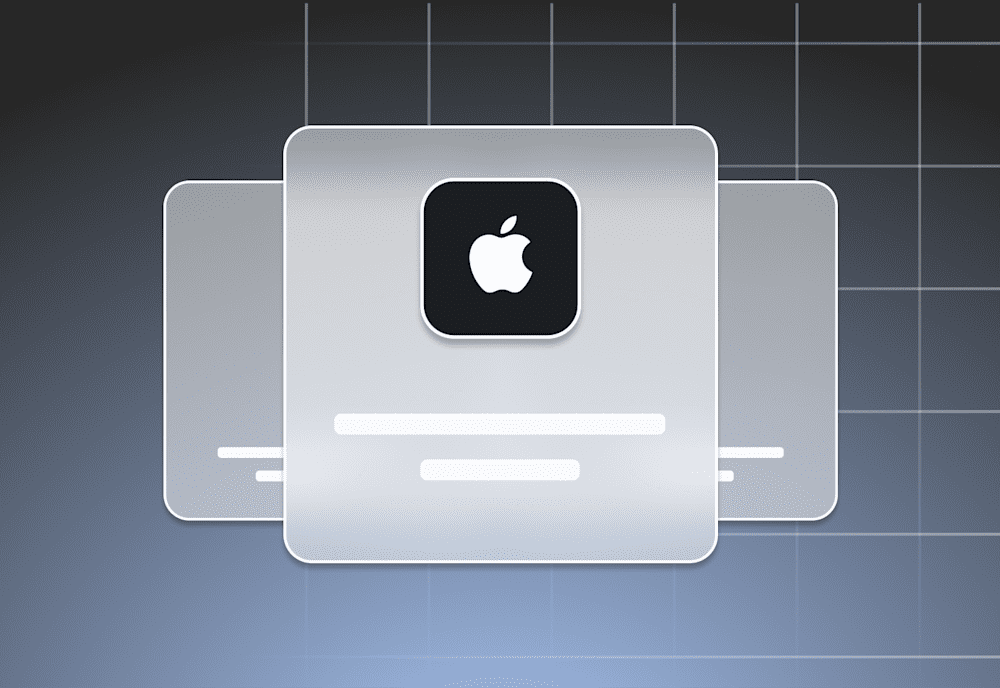The Apple Volume Purchase Program (VPP) was a free service to help organizations simplify the purchase and managed distribution of Apple VPP apps. However, since integrating into Apple Business Manager (ABM) and Apple School Manager (ASM), VPP has evolved into a more robust and streamlined solution. In this guide, we’ll explore what the Apple VPP program was, how its functionality has transitioned into ABM, and how you can leverage ABM for app and license management in our modern Apple ecosystem.
What was the Apple Volume Purchase Program (VPP)?
The Apple VPP was a free service designed to help organizations purchase and distribute apps in bulk. It allowed businesses to buy app licenses in volume, assign them to users or devices, and manage them centrally. This eliminated the need for employees to purchase apps individually and request reimbursements, saving time and ensuring company ownership of licenses.
VPP’s core features have been fully transitioned into Apple Business Manager (ABM) and Apple School Manager (ASM). These platforms now serve as the primary tools for app and license management.
How Apple Business Manager (ABM) replaces VPP
With the transition to ABM, businesses can now access all the features of VPP through the Apps and Books Store. ABM simplifies bulk app purchases, license assignments, and app distribution, making managing Apple devices at scale easy-peasy.
Benefits of Apple Business Manager for app distribution
Centralized app purchases: Buy apps, books, and other content in bulk using a single company account.
Flexible payment options: Pay with a credit card or purchase VPP credits for future use.
License management: Assign, revoke, and reassign app licenses to users or devices as needed.
Global availability: Available in over 70 countries, with Apple continuing to expand its reach.
Streamline your Apple device management
Try SimpleMDM free for 30 days to see how the ultimate Apple MDM helps you manage your fleet with ease.
How to purchase and manage licenses with ABM
The process for purchasing and managing app licenses in ABM is straightforward and mirrors the functionality of the original VPP program. Here’s how it works in 2025:
Purchase licenses in bulk: Use the Apps and Books Store in ABM to buy app licenses in bulk. Payment options include credit cards or VPP credits.
Assign licenses: Assign licenses to users or devices directly through your MDM solution.
Manage licenses: Revoke or reassign licenses as needed, ensuring your organization retains complete control over app ownership.
License assignment options in ABM
ABM offers three primary methods for assigning app licenses, each tailored to different organizational needs:
1. Device-based assignment
Licenses are assigned to devices by serial number rather than Managed Apple ID.
Caters to organizations with shared devices or zero-touch deployment needs.
All apps remain on devices regardless of the Apple ID in use.
On supervised iOS devices, device-based assignment allows silent installations.
2. User-based assignment
Licenses are assigned to individual users via their Apple ID.
Perfect for organizations where users access multiple devices.
Only one license is consumed per user, regardless of the number of devices they use.
3. Redemption codes
Licenses are distributed via redemption codes, which users can enter to install apps.
App license ownership transfers permanently to the user’s Apple ID.
Codes can be delivered via:
Email
MDM solutions like SimpleMDM
Assigning to devices through Apple Configurator
Providing codes to users manually
Custom apps for business with ABM
One of ABM's most powerful features is its support for custom B2B apps. Developers can distribute apps exclusively to specific organizations through App Store Connect, bypassing the public App Store. This is particularly useful for internal tools or proprietary software.
Benefits of custom B2B apps with ABM
Controlled distribution: Only authorized organizations can access the app.
Simplified approval process: B2B apps undergo a more lenient review process compared to public App Store apps.
Flexible pricing: Apps can be offered for free or at a price.
For example, if an app developer is contracted to build an app intended for internal use within their customer’s business, the developer can publish it so only that customer can access it. Since these apps are not visible to the public, Apple’s approval process for publishing B2B apps is more lenient than it is for the public App Store.
App Store Connect apps can be offered for free or at a price.
MDM integration with ABM
SimpleMDM, integrated with your ABM account, makes it easy to distribute apps to managed devices. This mobile device management (MDM) integration enables seamless app distribution, silent installations, and remote license management.
When apps are deployed via SimpleMDM, licensing is automatic and installations can be performed immediately. A significant advantage of utilizing ABM with MDM is the ability to silently install and update apps on devices remotely, without requiring any interaction from the user.
Features of MDM integration
Silent installations: Apps are deployed to devices without user interaction.
Automatic licensing: Licenses are assigned automatically during app deployment so installations can be performed immediately.
Remote management: Licenses can be revoked and reassigned remotely through your MDM dashboard.
In the days of VPP, an Apple VPP token connected a business’s VPP account and MDM solution to manage licenses and facilitate content distribution. The equivalent in ABM is known as a legacy library token. This token must be renewed yearly to continue to distribute licenses.
Getting started with ABM
Ready to take advantage of ABM’s powerful features? Follow these steps to get started:
Set up an ABM account: Create an Apple Business Manager account or access your existing one.
Link to your MDM solution: Integrate ABM with your MDM platform (e.g., SimpleMDM) for streamlined app distribution.
Purchase and distribute content: Use the Apps and Books Store to buy licenses and assign them to users or devices.
Apple also regularly expands the availability of Apple Business Manager to new countries.
You must pair ABM with a high-quality MDM solution to get the most out of it. SimpleMDM’s streamlined design makes purchasing and distributing content easy. Keep reading the SimpleMDM blog to find out how painless device management can be, or start your free 30-day trial to see for yourself.


